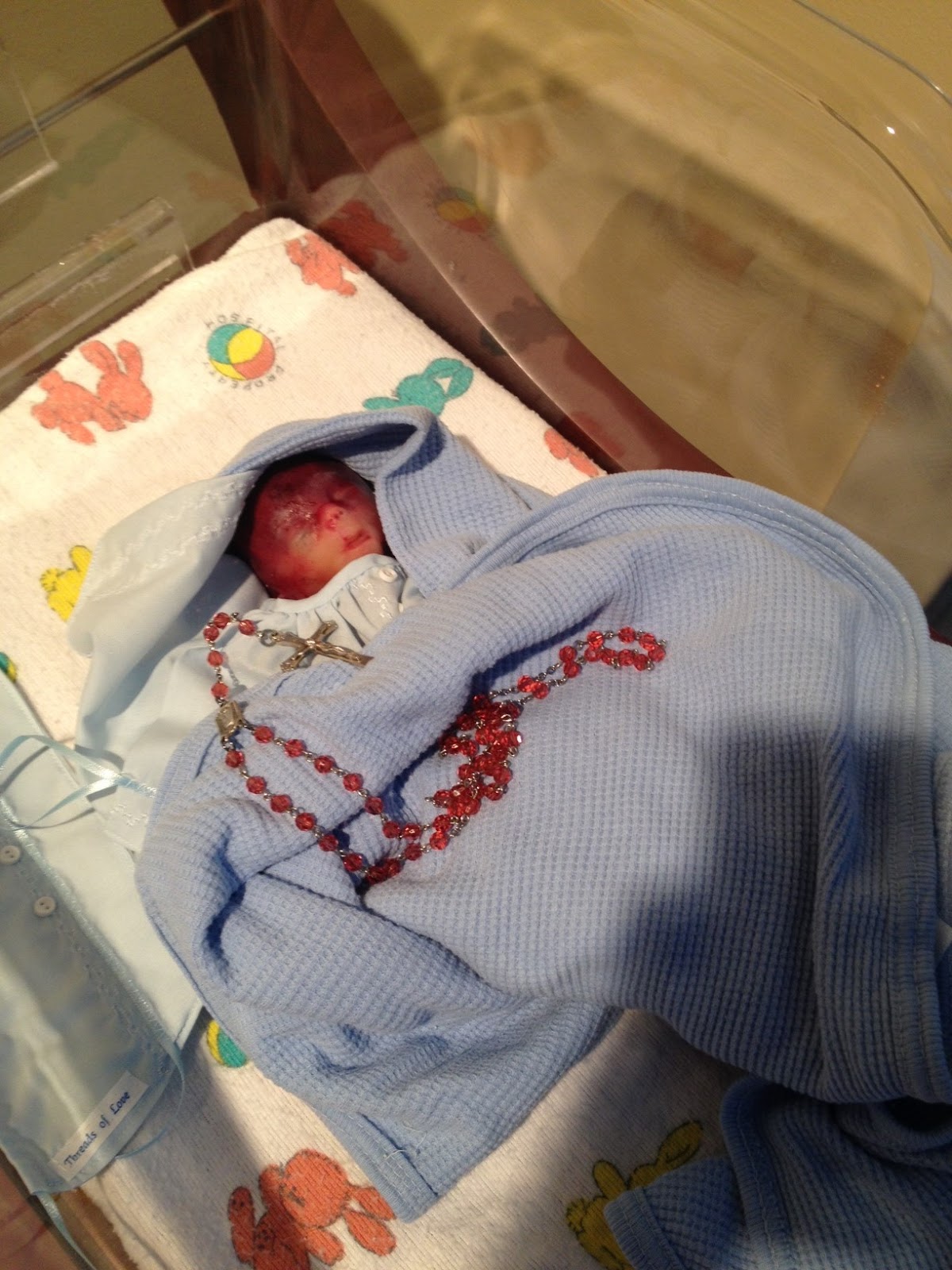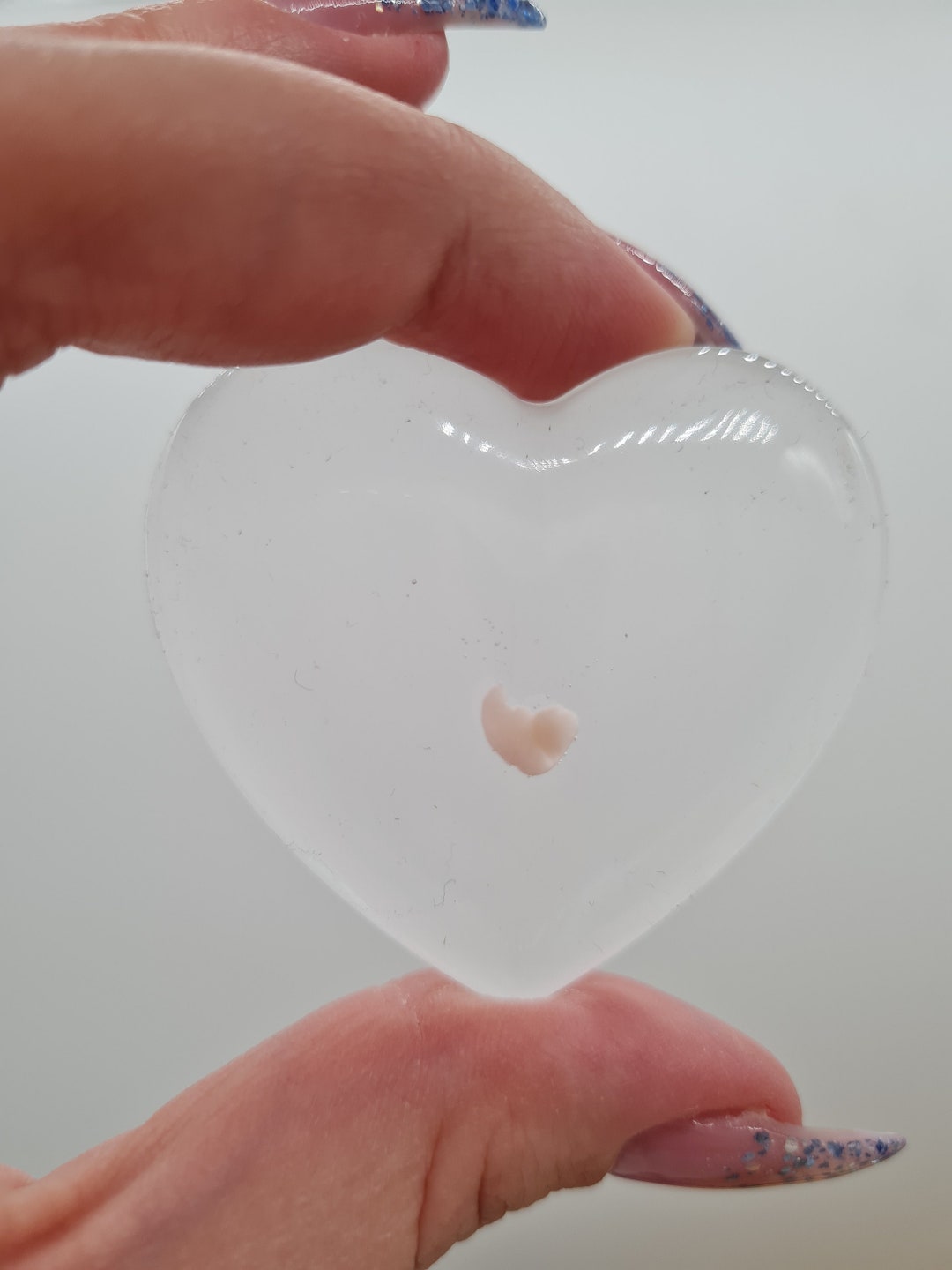Are early miscarriages simply heavy periods? Early miscarriages, particularly in the initial weeks of pregnancy, often present as more intense versions of a regular menstrual cycle.
The experience of a miscarriage can be profoundly personal, and the physical symptoms can vary widely. In the earliest stages, the body may react similarly to a typical period, with bleeding and cramping. As the pregnancy progresses, the nature of the miscarriage can change, becoming more noticeable and potentially more distressing. The physical manifestations of a miscarriage are not always clear-cut, and the emotional impact can be significant, making it essential to approach the topic with sensitivity and accuracy. While most early miscarriages can indeed resemble heavy menstrual periods, the details become more complex as gestation advances. The appearance of clots and the presence of embryonic tissue become more likely from around six weeks of pregnancy.
Understanding what to expect during a miscarriage can help with preparing for this event. Early miscarriages, particularly before 6 weeks, may be difficult to distinguish from a regular period, both in terms of bleeding and cramping. It is crucial to remember that the information provided here is for informational purposes and should not substitute advice from healthcare professionals. It is always best to seek a doctor's opinion for any specific medical concerns.
From around six weeks, the physical signs of a miscarriage can become more apparent. The passage of larger blood clots is common and can be alarming. These clots can be quite firm and may contain embryonic tissue. It is important to seek medical attention to confirm the cause of the bleeding and cramping.
The specifics of a miscarriage can depend on the gestational age of the pregnancy. For instance, a miscarriage at week two might present with less bleeding and cramping compared to one at week twelve. At 6 weeks, the embryo is tiny, roughly the size of a sesame seed. The tissue expelled during a miscarriage at this stage will likely include a mix of blood clots, embryonic tissue, and the gestational sac. Women may also notice white or gray tissue within the clots. The bleeding tends to subside in a few days, but it could take up to two weeks.
The possibility of miscarriage raises many emotions, and understanding the process is crucial. A miscarriage is defined as the loss of a pregnancy before the 20th week of gestation. Most women won't be able to see anything recognizable if they miscarry at this time. The emotional impact of a miscarriage can be significant, and the support of loved ones is often very helpful. It's important to know that you are not alone, and many resources are available to help you cope.
- Love After Lockup Brittany Marcelinos Latest Updates Drama
- Download Vegamovies 30 Apk Watch Hindi Dubbed Movies Now
The causes of miscarriage are varied and complex. They may include chromosomal abnormalities, other underlying health factors, or exposure to harmful chemicals, such as lead, arsenic, and mercury. It's important to note that the exact cause is often difficult to determine. While a single instance of exposure might not necessarily result in a miscarriage, repeated or high-level exposure to such substances can increase the risk.
If you suspect you're experiencing a miscarriage, it's important to seek medical advice immediately. Only doctors, with the help of an ultrasound scan, can assess your personal situation and make the difference between vaginal bleeding and a miscarriage. A doctor will be able to confirm the loss of pregnancy, and will advise on the best course of action. Moreover, the doctor will also address any related health issues.
The experience of a miscarriage can vary significantly. Some women may experience a "weird period," characterized by unusual bleeding patterns. This can include light brown blood initially, followed by heavier bleeding and more intense cramping. Some women may also experience fatigue and other physical symptoms.
After the experience of a miscarriage, it is important to take time to process the news. For some, this means taking a week to deal with the emotional and physical aftermath. After having had a miscarriage, there is a lot of support available to help you move forward and heal.
There are also many misconceptions about miscarriage. Many women arent even aware they are pregnant. For example, an early miscarriage two weeks after conception could present as if you are four weeks pregnant. The symptoms may be similar to a normal period, but you might experience more cramping and bleeding than usual.
- Undress Ai Free Tools Ai Photo Editing Now
- What Happened To Mercedes Schlapps Face Unveiling The Mystery


